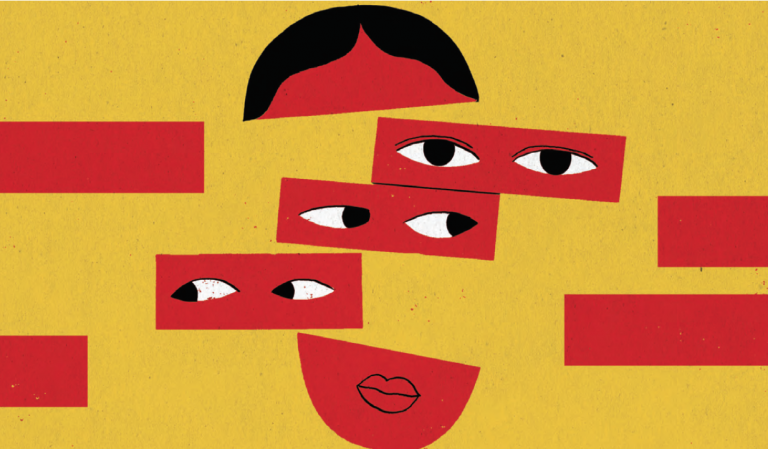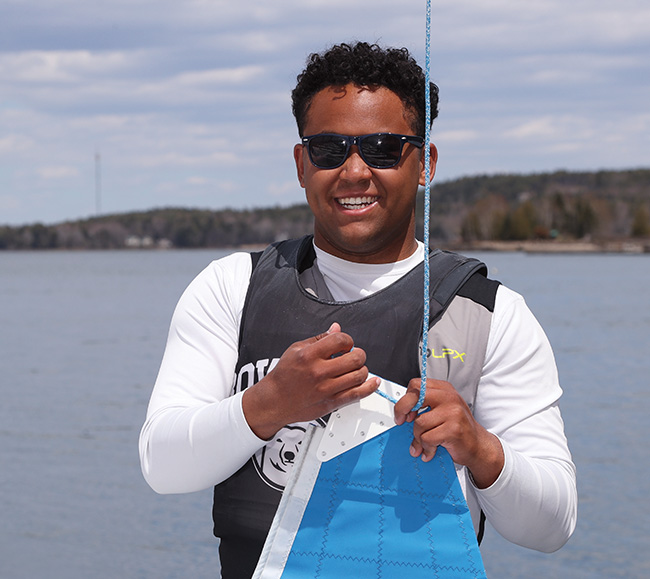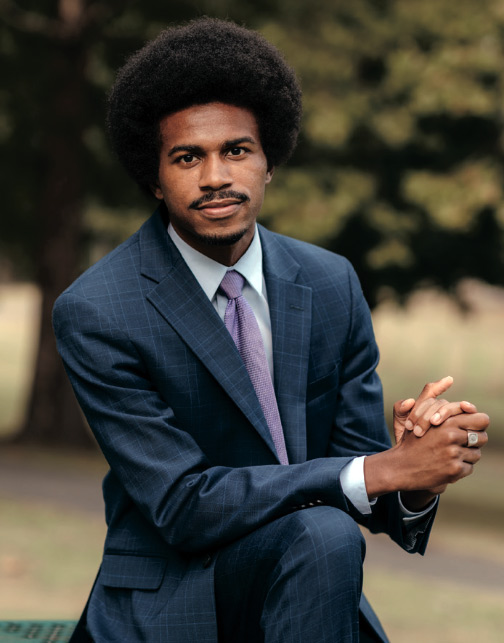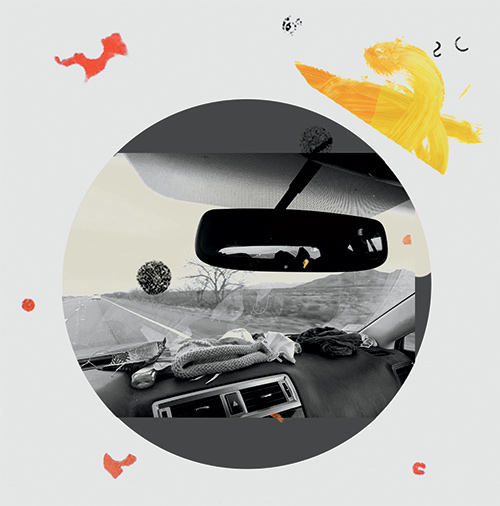How To Know if Someone Is Lying
By Matt O'Donnell
By Joe Tecce ’55
Nonverbal communication makes up about 80 percent of what we “say.” The speaker is typically conscious of verbal expression and has it under his or her control, but body language is usually not in someone’s awareness or under their control. The most-read body language is in the face, and there is a reason it is the eyes that are referred to as “the windows to the soul.”
There are two types of eye movements studied in lie detection: eye blinks and gaze aversion. It is well-established that rapid blinking is related to negative hedonia—that is, unpleasant feelings. In science, it is known as the Blink-Hedonia Hypothesis. To the extent that a liar has guilt feelings, which are negative, his words will be accompanied by fast blinking. But there are two caveats.
If an individual feels pleasure in lying, as psychopaths often do, there will be no rapid blinking during the lie, since there is positive rather than negative hedonia. And rapid blinking can accompany pain and other displeasures. What about gaze aversion—looking away while talking? Grandma told us not to trust anyone who can’t look you in the eye, and there is even an index known as Looking Intermittently Away Rate (LIAR). Yet the same caution holds here as with blinks. The gaze averter often lies, but may also feel uncomfortable for other reasons. For example, President Obama was a gaze averter when not lying but intimidated or irritated by reporters’ questions during a press conference.
Both rapid blinking and gaze aversion are red flags for lying, but both need corroboration from other sources, such as a contradiction in the message or the speaker’s reputation and character. In effect, there is no single smoking gun in lie detection—only warning signs to heed.
Joe Tecce ’55 is an associate professor of psychology at Boston College and lecturer in neuropsychology at Boston University School of Medicine, and a noted expert on body language.
This piece first appeared in the Winter 2018 edition of Bowdoin magazine.



